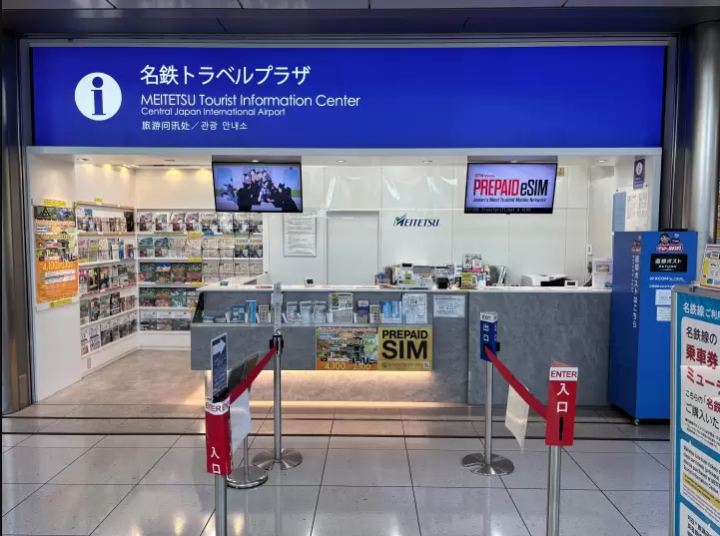Japan's Rainy Season 2025: Time, Fun Things to Do, and What to Wear

Japan's rainy season, or tsuyu, is a period of heavy rainfall in early summer that affects most of the country. Learn about the rainy season in Tokyo, Kyoto, and each region of Japan, and tips on how to make the rainy season enjoyable.
Japan’s Rainy Season: Basic Information
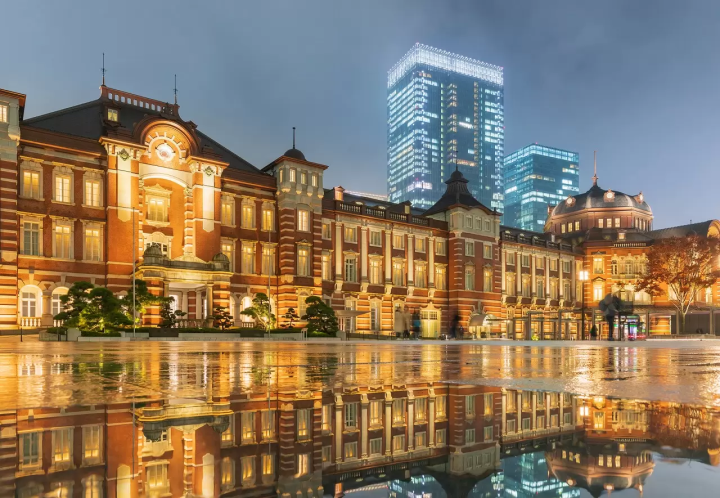
Tokyo Station in the rain. Photo by Pixta
The rainy season (tsuyu in Japanese) is the period of severe rainfall and cloudy weather, annually occurring from the end of May and until the middle of July. This phenomenon occurs not only in Japan, but also in southern China and South Korea.
Geographically, the rainy season isn’t typical in Hokkaido, the northernmost prefecture in Japan. The reason for this is that the rain clouds, or the seasonal rain front which take over Japan’s sky, get weaker as they move to the north of the country, so Hokkaido doesn’t have the long spells of rain typical of the rainy season.
Rainy Season: Facts and Tips
1. The Beginning and End of the Rainy Season
2. Average Temperatures and What to Wear During the Rainy Season
3. Fun Things to Do during Japan's Rainy Season
- Enjoy Hydrangea Viewing
- Visit an Umbrella Sky Event!
- View the Irises
- Shop for Colorful Umbrellas and Rainwear
The Beginning and End of the Rainy Season

Photo by Pixta
The beginning of the rainy season is called tsuyu-iri, and the end of the rainy season is tsuyu-ake in Japanese. The exact dates of each event, as well as the period during which the rainy season occurs, differ each year. Below are estimates of when to expect this rainy period in Japan.
| Area | Beginning of Rainy Season* | End of Rainy Season |
| Okinawa | Around May 10 | Around June 21 |
| Southern Kyushu (Kagoshima, Miyazaki) | Around May 30 | Around July 15 |
| Shikoku (Kochi, Kagawa, Tokushima) | Around June 5 | Around July 17 |
| Kinki (Nara, Hyogo, Wakayama) | Around June 6 | Around July 19 |
| Kanto (Tokyo, Shizuoka, Kanagawa, Chiba, Ibaraki) | Around June 7 | Around July 19 |
| Northern Tohoku (Yamagata, Akita, Iwate, Aomori) | Around June 15 | Around July 28 |
*These are average annual dates from the Japan Meteorological Agency's report The Average Beginning and End of the Rainy Season (Japanese)
Both dates (opening and end of the rainy season) are estimated and announced by the Japan Meteorological Agency every year.
The rain clouds first hit the southern parts of the country, slowly moving up to the north. Thus, the start and end of the rainy season begin in the south and move north.
As shown in the table above, the rainy season in the Kanto region, which includes Tokyo, usually starts around June 7 and ends around July 19.
The rainy season usually lasts from one month to one month and a half. As soon as the rainy season is over, the gray sky transforms into the bright, blue one, and Japan experiences a sudden and significant rise in temperature.
Perfect for rainy days! Visit Tokyo’s top indoor attractions!
↑ Return to the top of article.
Average Temperatures and What to Wear During the Rainy Season

During the rainy season, the highest temperature in June in Tokyo is 26, and the lowest is 19 degrees Celsius on average. The weather during the rainy season can be confusing, as you may feel hot during a sunny day, but chilly when it rains. If there are long intervals of rain, especially if it is all day, the air gets very humid.
Although a short-sleeved shirt is ideal during the day, bring along a light jacket or a cardigan for the evening and when it rains.
Fun Things to Do during Japan's Rainy Season
Although the rain might interfere with your initial travel itinerary, there's no need to worry! There are many locations and things that can be enjoyed during the rainy season.
1. Enjoy Hydrangea Viewing
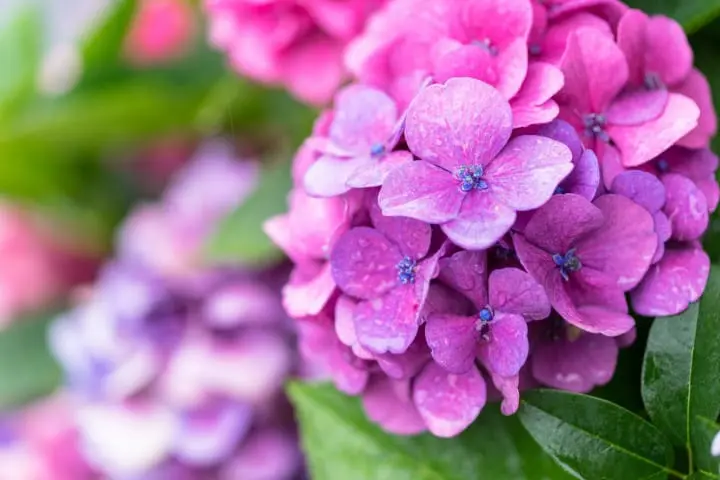
Photo by Pixta
The hydrangeas bloom during the rainy season in Japan. There are numerous places throughout the country where you can admire these gorgeous blooms.
Raindrops make the vibrant purple and pink petals and green leaves look even brighter, so be sure to capture photos of hydrangeas on a rainy day!
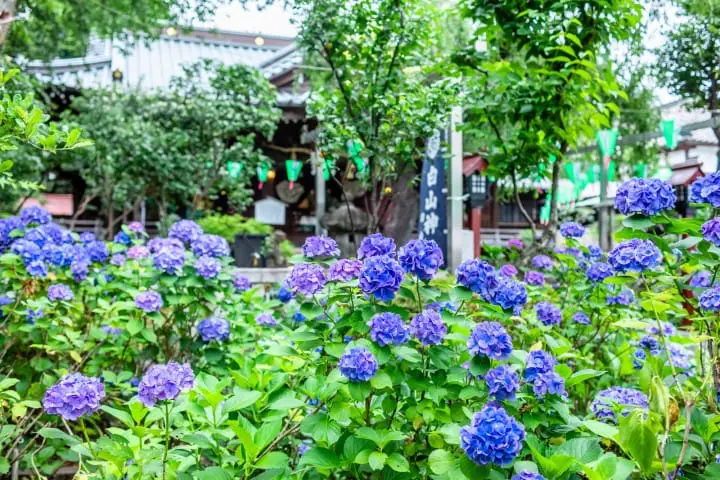
Hakusan Shrine in Tokyo. Photo by Pixta
Tokyo’s East Gardens of the Imperial Palace and Hakusan Shrine are two locations famous for their mesmerizing hydrangeas.
Visit two famous hydrangea spots on this day tour!
Read also
2. Visit an Umbrella Sky Event!
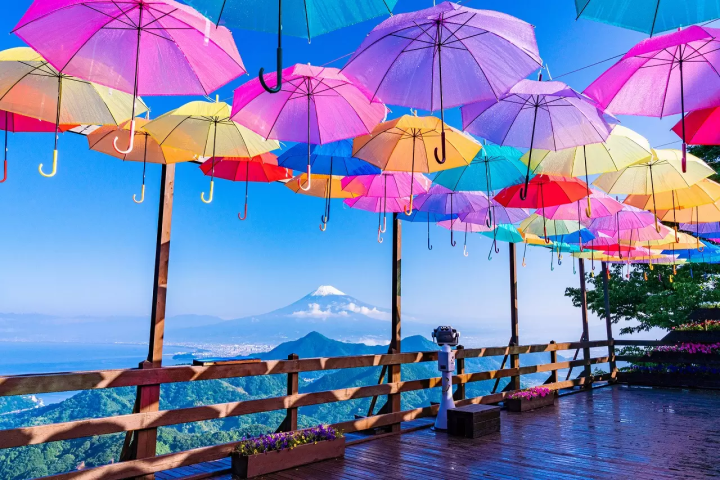
Izu Panorama Park in Shizuoka. Photo by Pixta
Umbrella sky events have become a much-awaited highlight of the rainy season. These events are held on various scales all around Japan. Particularly famous is the umbrella sky held early at Harunire Terrace in Karuizawa or the one at Moominvalley Park near Tokyo.
Not only are the umbrella displays very photogenic but there are often food stalls and booths near the venues offering local treats and refreshments. If you're in Japan in June, don't miss out on the umbrella sky events!
3. View the Irises
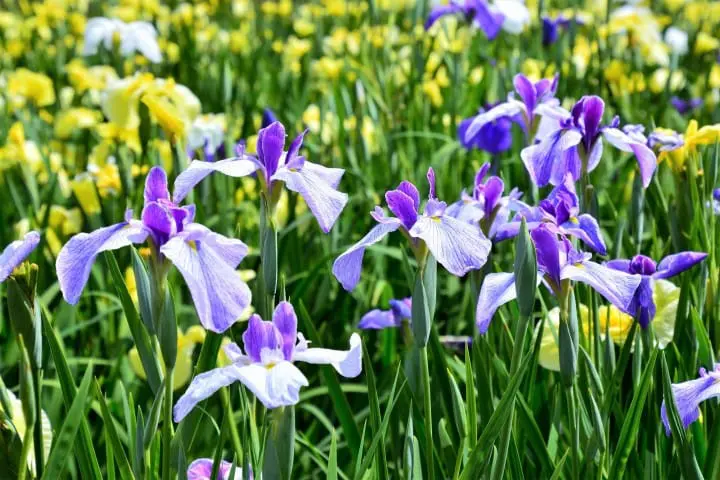
Photo by Pixta
The elegant irises are also in bloom around this time. The flowers can often be seen at traditional Japanese gardens, and at gardens at shrines and temples.
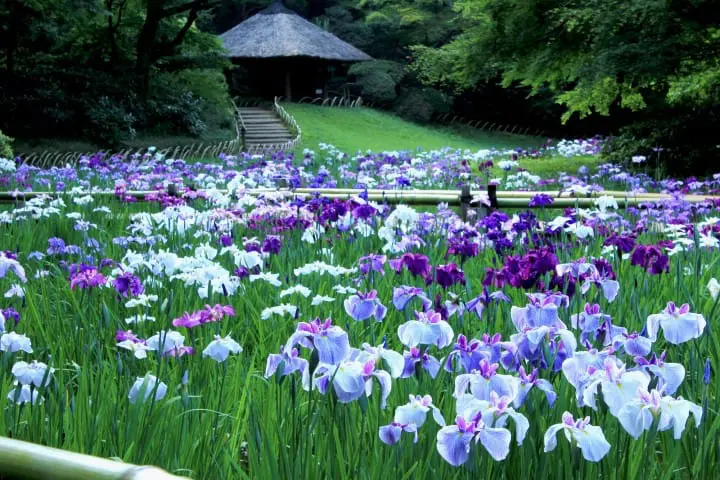
Meiji Jingu Inner Garden. Photo by Pixta
To see the irises in Tokyo, head to Meiji Jingu Inner Garden, or Hamarikyu Gardens, a traditional garden in the central part of the city.
One of Japan’s Famous Iris Festivals!
Hotels near Meiji Shrine
Hotels near Hamarikyu Gardens
4. Shop for Colorful Umbrellas and Rainwear
It is also entertaining to look for rain gear goods during this season. You can find a whole array of umbrellas, coats, and boots, from elegant to simply adorable designs. Shopping for something special when it rains is sure to brighten your mood.
Those who want to stand out with unique umbrellas can go to Wakeari Honpo, in Asakusa, Tokyo. You can take a pick among countless umbrellas filled with originality and charm, such as the folding one in the shape of kokeshi, a traditional Japanese doll, or an umbrella covered in sushi.
At Cool Magic SHU’S, a store in Tokyo's Jiyugaoka area specializing in umbrellas, customers can choose from a selection of around 5,000 colorful umbrellas. A compact and light folding umbrella would make a great souvenir.
Cool Magic SHU’S
Address: Tokyo, Meguro, Jiyugaoka 1-9-1 Google Map
Official Website: http://www.water-front.co.jp/index.html (Japanese)
↑ Return to the top of article.
Enjoy the Rain!
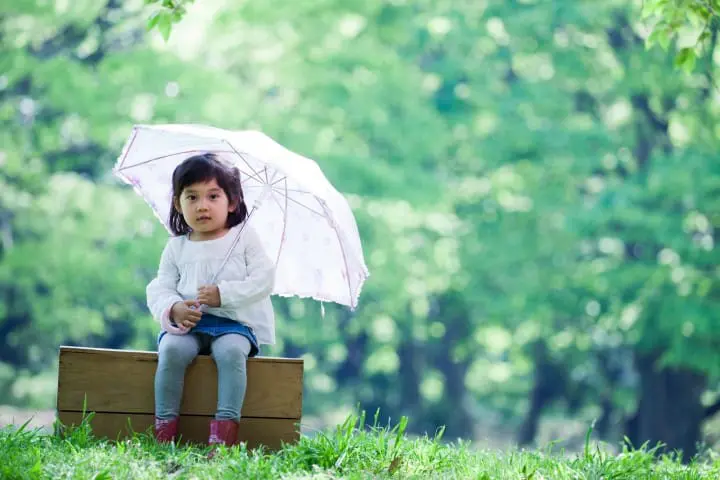
Photo by Pixta
Japan’s rainy season doesn’t only mean rainy weather, but also plenty of places to visit and enjoyable pastimes. Consider choosing different destinations and preparing rainwear, too, when planning your sightseeing experience in Japan.
Read also
Originally written by Sawada Tomomi
This article is a rewritten version of an article published on August 15, 2016.
Main picture by Pixta
This is the official account of MATCHA's editorial department. Our articles feature useful travel information for visitors to Japan, from how-to guides to recommended places to visit.









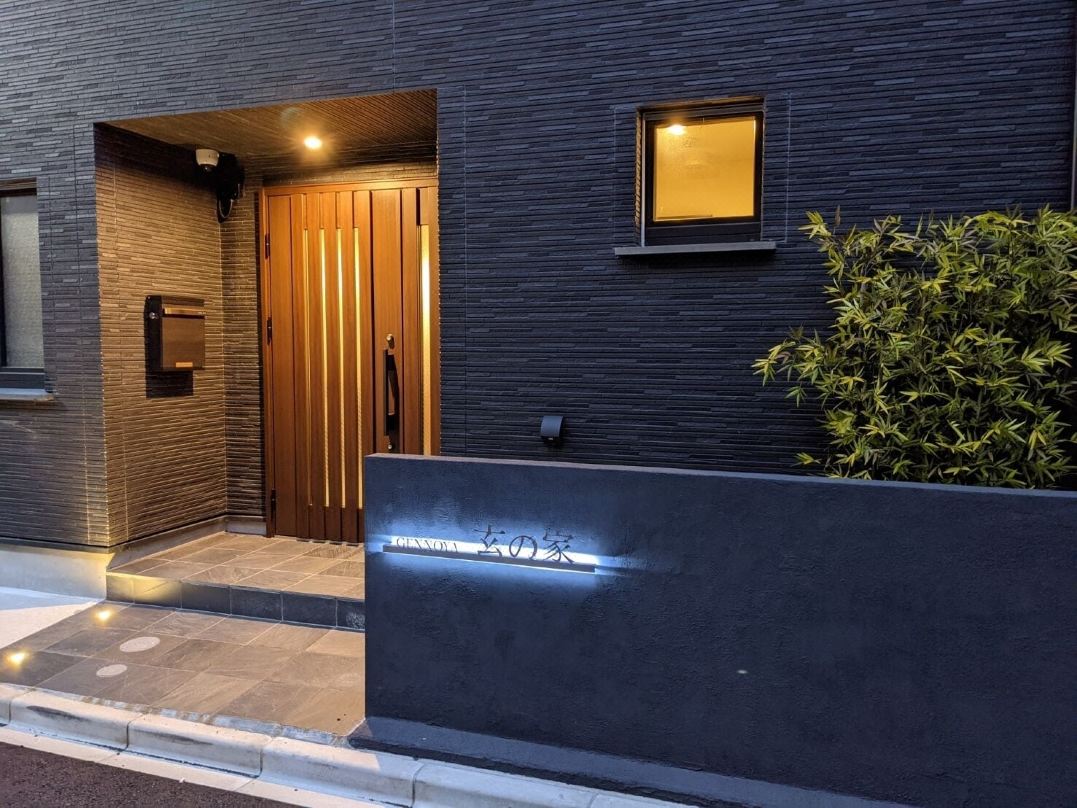



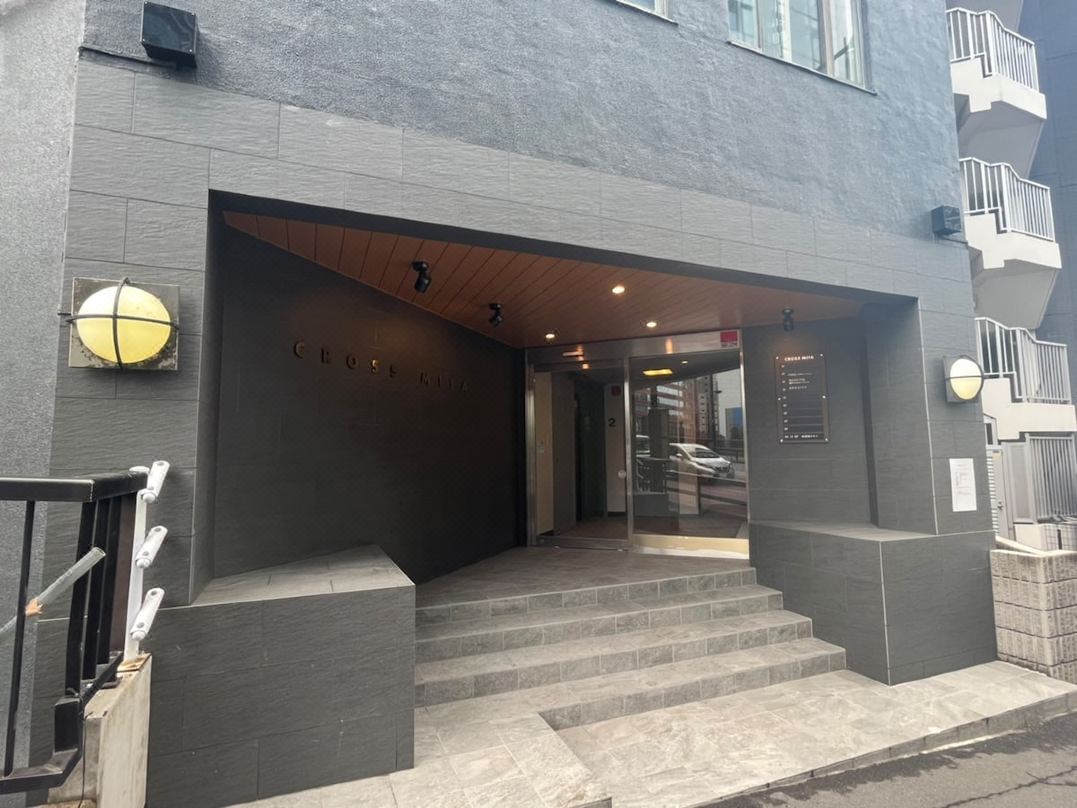






























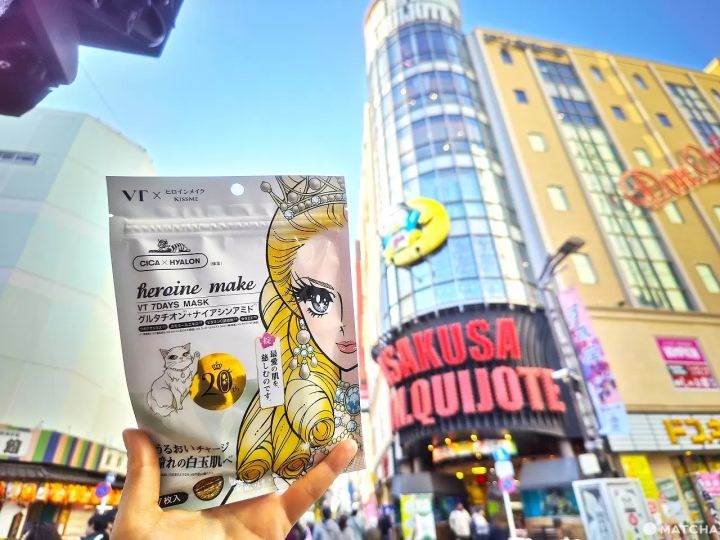

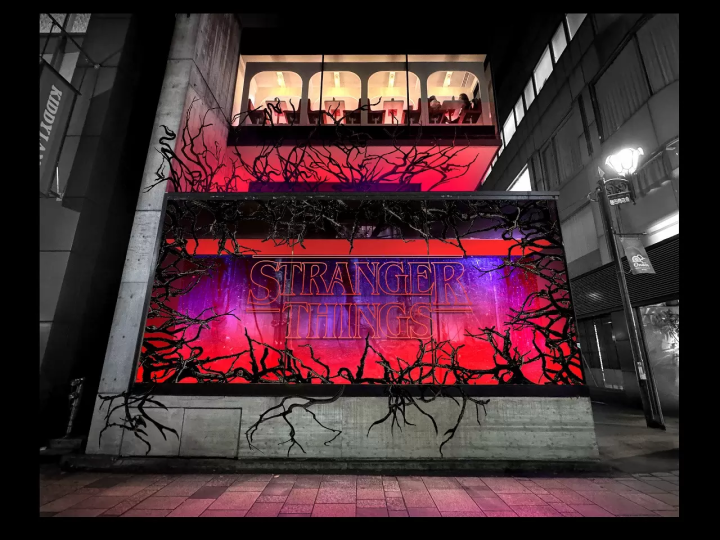
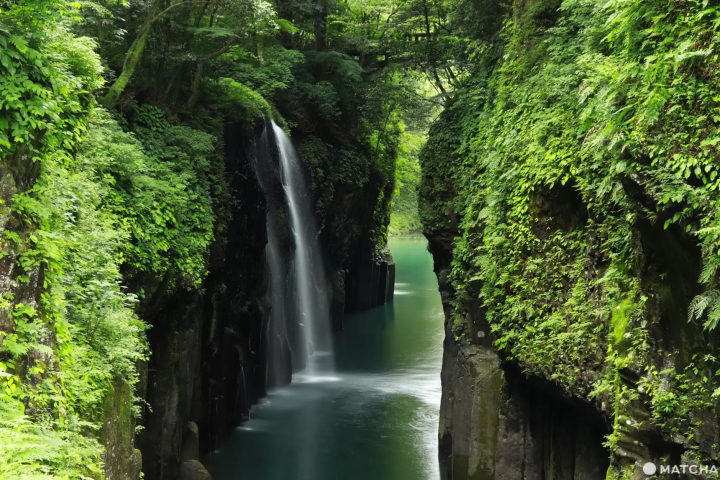




![[Wakayama Sign] Plums and plum wine](https://resources.matcha-jp.com/resize/720x2000/2025/12/08-252248.webp)
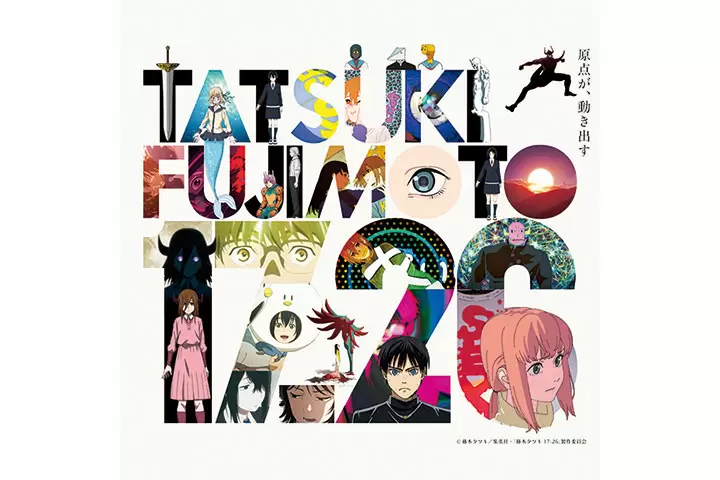
![[2025 Update] Introducing free Wi-Fi spots in Tokoname City , Aichi Prefecture](https://resources.matcha-jp.com/resize/720x2000/2025/12/16-253074.webp)
